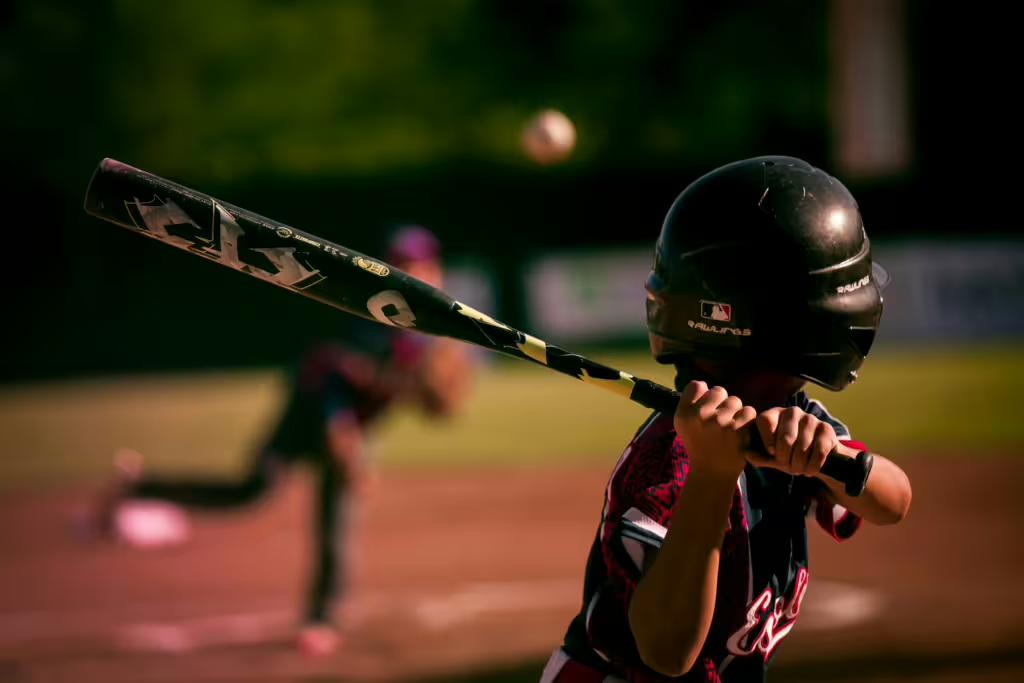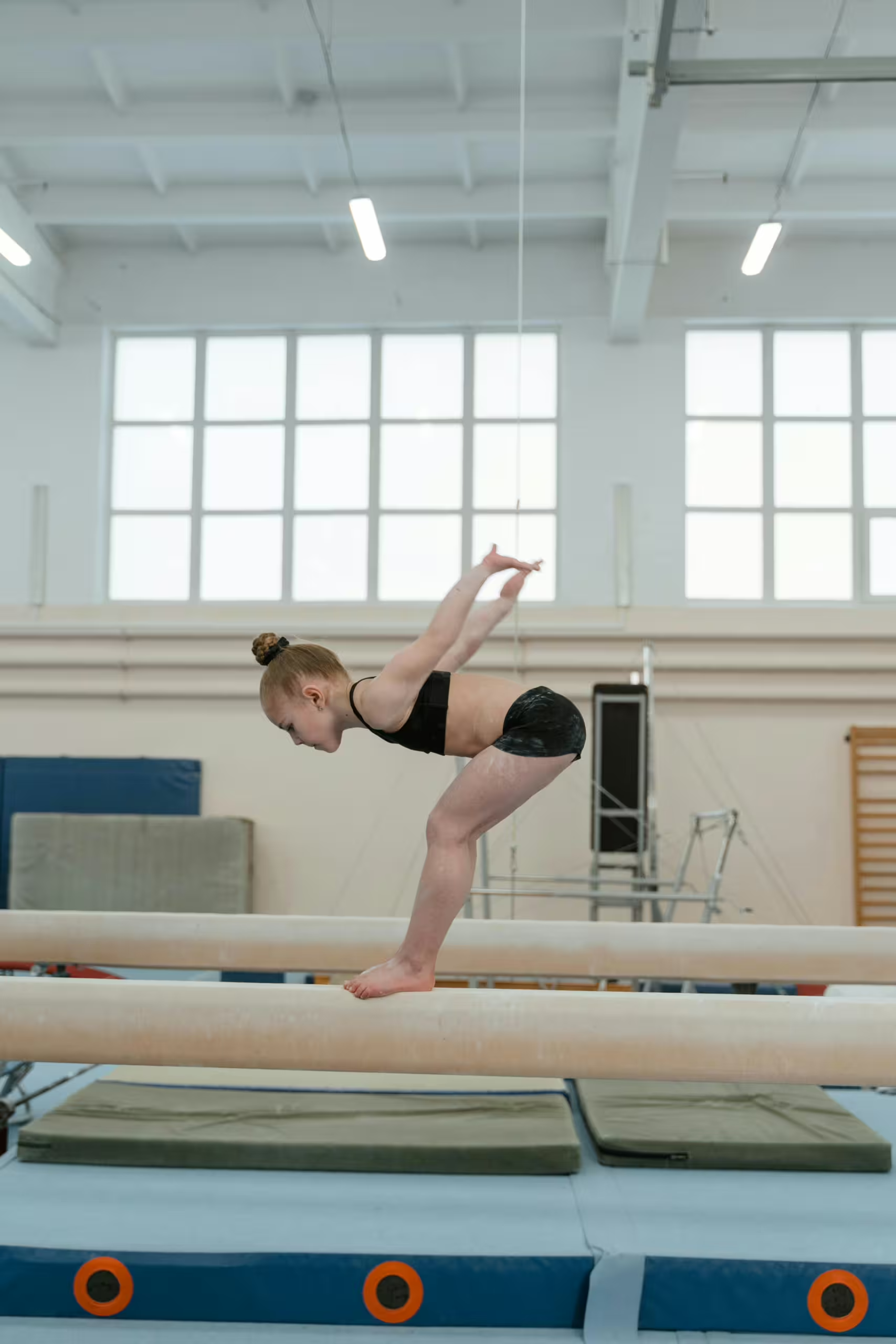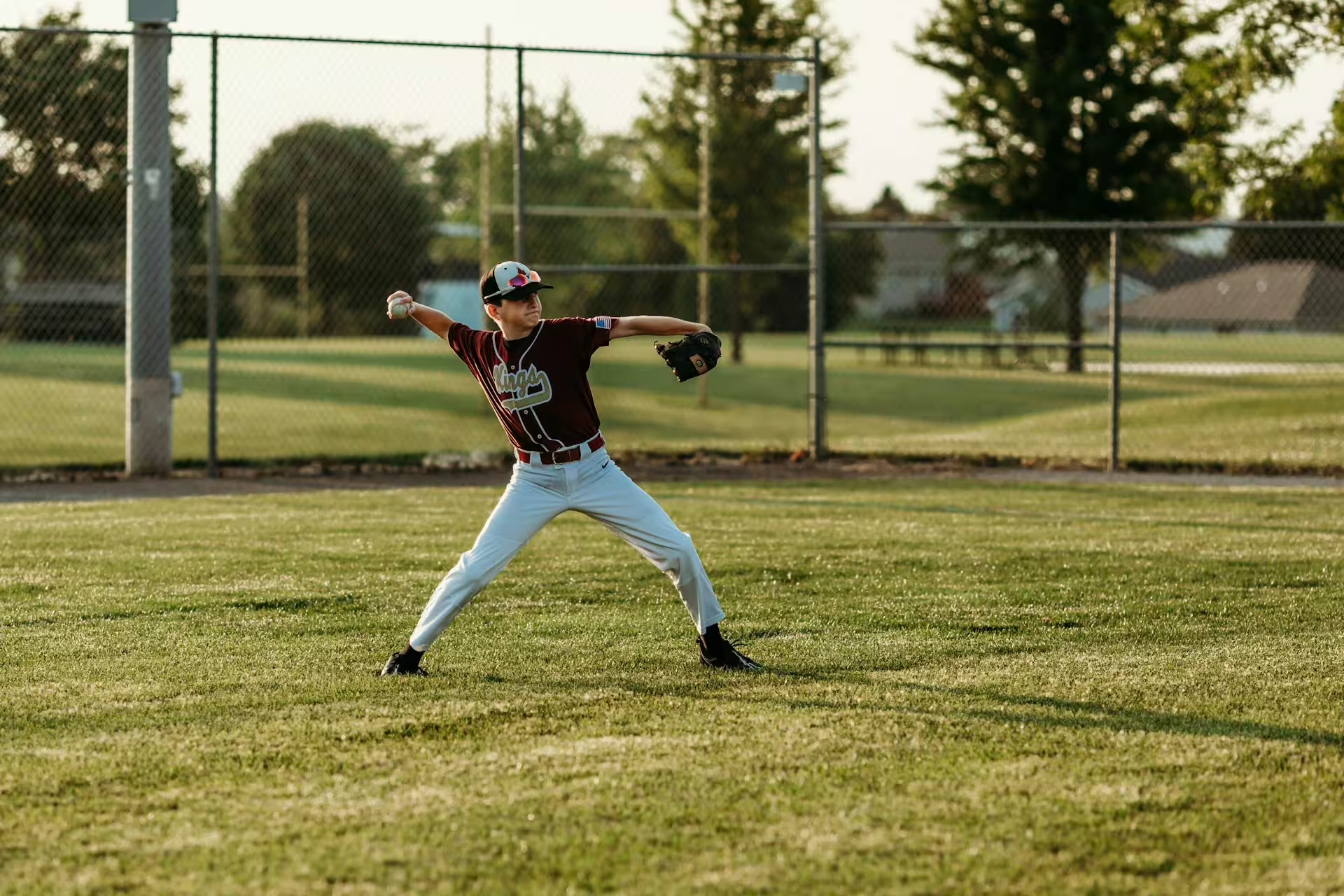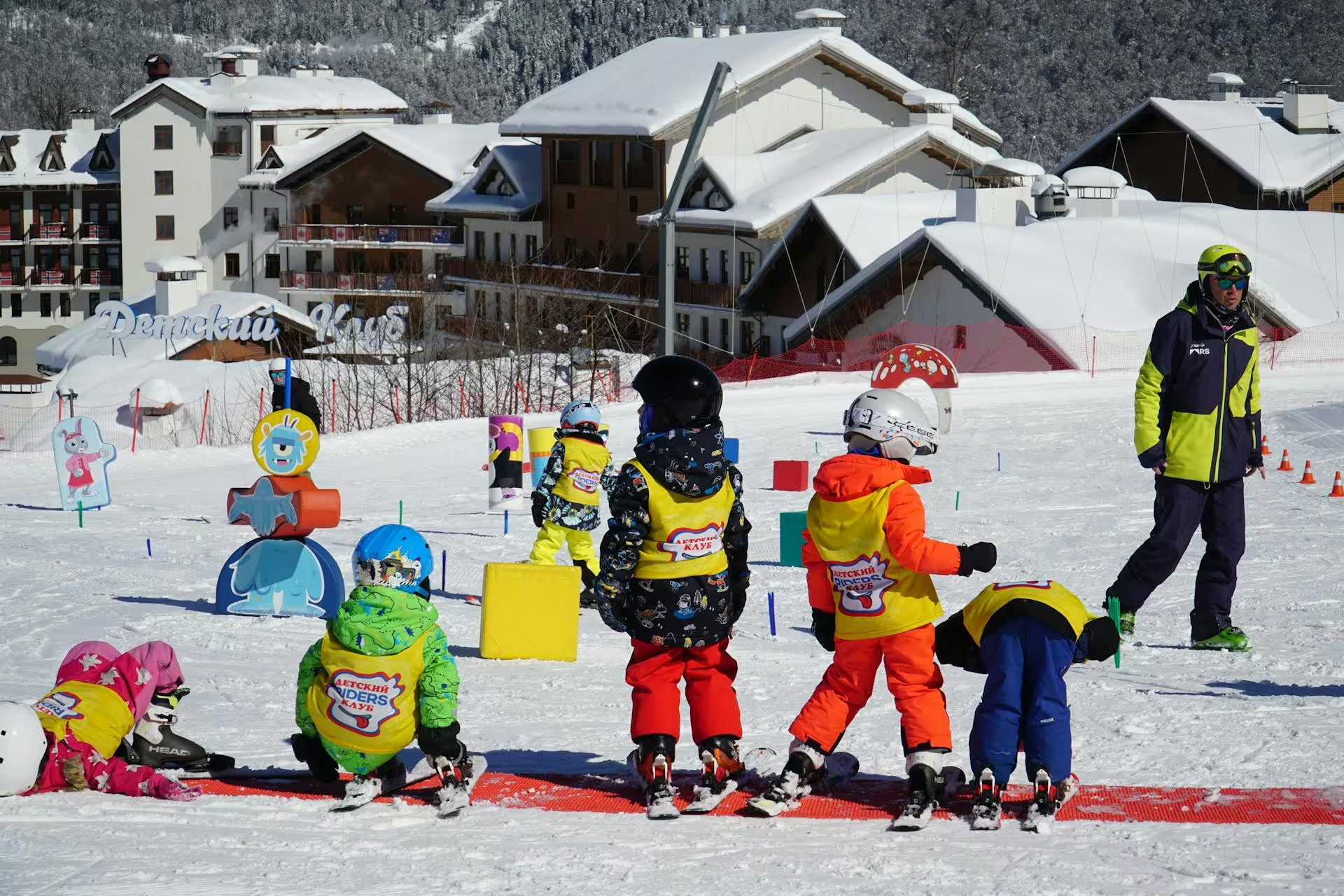Starting a new sport is an exciting experience for any child. If that child is American, chances are good that sport might be baseball. This sport, known colloquially as “America’s pastime,” offers many lessons for young athletes. Kids who play baseball from a young age learn the values of teamwork, perseverance, and sportsmanship, all of which can help them either in other sports experiences or in other aspects of their life. If your child is one of these young baseball fans and they happen to be gearing up for their first baseball season, you might also be feeling the pressure.
It’s not uncommon for parents of young athletes to feel a bit overwhelmed at the start of a season. No matter which sport your child plays, chances are good that you’ll be a little frazzled at the start of the season. From getting the right gear to ensuring that your kids are ready for practice and the season ahead, there’s a lot that parents have to think about.
In this article, we will discuss some of these concerns and allay your fears about them. Our focus will be on preparing your child for their first baseball season, but the strategies and coping mechanisms we introduce here can likely be used for parents of children who play other sports as well. In the end, whether your child is 5 years old or a bit older, we guarantee that the tips we present here will help you feel more confident as a baseball parent.
Understanding the Basics of Baseball
Before you even begin to prep your child, you need to educate yourself! America’s pastime it may well be, but not every American parent is intimately familiar with the ins and outs of baseball. Unless you yourself have played it in the past few years, even those with youth experience may have forgotten a thing or two in the duration since. The good news is that baseball itself is not all that difficult to understand and even a cursory glance at the fundamentals will likely re-knit the lost threads of memory from your own youthful experiences on the old baseball diamond.
Baseball is played between two teams, each consisting of nine players. The object of the game is simple, players score runs by hitting the ball and running around four bases arranged in a traditional diamond shape. This is the overarching concept, but as you dig into the game, you’ll find that it involves several types of actions; each involving a different aspect that ultimately contributing to scoring runs. Players play several roles throughout the game, either batting, fielding, pitching, and running. Moreover, each of those areas presents different challenges for players.
If your child is just starting in baseball, you’ll want to begin by setting realistic expectations; for them and for yourself. Parents don’t always realize that the first season will likely focus more on the child learning the basics of the game rather than competing at any sort of high level. The primary goal of these early practices is to introduce young athletes to the fundamentals and to teach them how to work with other children. Hopefully, by the time the first season is done, they will have developed further interest and a desire to learn more.
Choosing the Right League
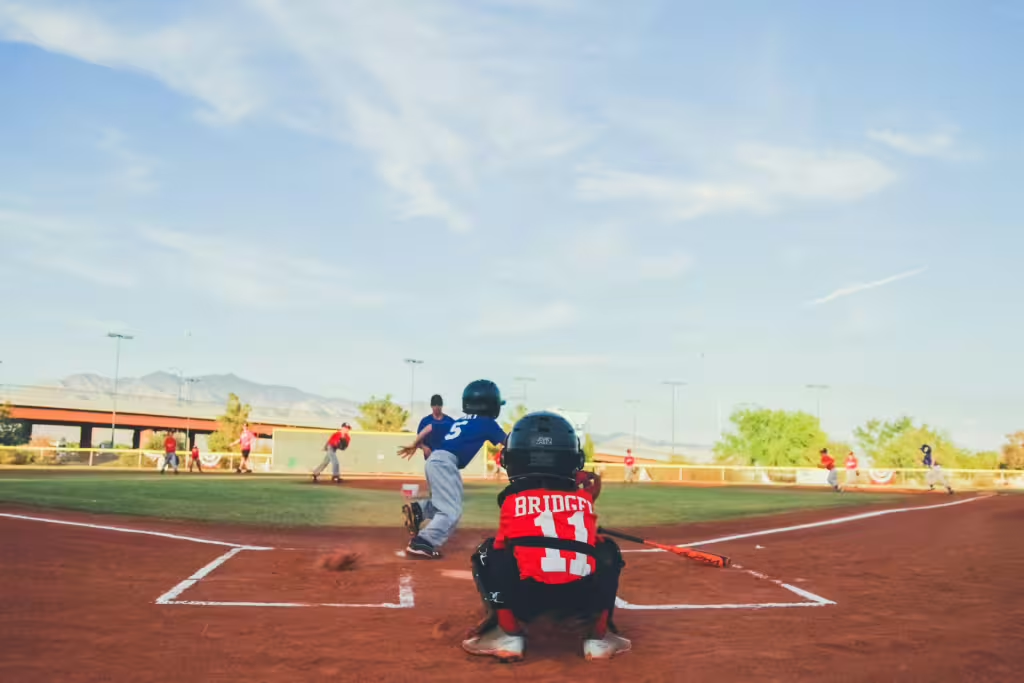
Before your child hits the field, you’re going to want to look around for the right baseball league for them to join. Many youth leagues have different age divisions, so the first step in this process is to determine which league your child belongs to. Some of the most common options include Little League or Cal Ripken Baseball. Bear in mind that different leagues have different rules, schedules, and levels of competition, so it’s hardly one-size-fits-all. Your child’s skill level and interest level play a big role in all of this.
When choosing a league, consider the following:
- Age group: Ensure the league that you choose offers a division suitable for your child’s age.
- Skill level: If your child is new to baseball or not particularly skilled just yet, seek out leagues that focus on learning and skill development.
- Location and time commitment: Time and distance make a great deal of difference to you and your child, so be sure to choose a league with good proximity to home and with events that factor into your schedule.
- Reputation: Do your do-diligence! Don’t be shy about asking other parents for advice. Also, remember that the internet is a great resource for finding feedback. Look online for reviews of the league’s coaching staff, facilities, and general baseball culture.
Getting the Right Gear
Because of the multiple roles involved throughout a game, baseball is one of the sports that requires your child to have a few distinct pieces of equipment. That’s why one of the most important steps in preparing for your child’s first baseball season is to ensure they have the proper baseball gear. Now, chances are good that your child will not need every single piece of equipment to take home with them. Many youth baseball teams provide bats, gloves, and balls for kids to use at practice. That said, there are some essential items that will make your child’s experience more enjoyable and safer overall.
Essential Gear:
Baseball Glove
Any baseball player worth their salt needs a good-quality baseball glove, even if they are a novice. This piece of equipment is an absolute must-have and it is essential that the glove fits your child properly. As long as it fits well and is comfortable for them to use, it should be good. Parents should make certain that the glove is not too big, because an overlarge glove can make catching a ball rather difficult. Small gloves are no good either, as they might make securing the ball troublesome.
When shopping for a glove, seek out those that are designed for your child’s age and hand size. For younger children, look for gloves made of synthetic leather; these gloves tend to be lighter and easier to break in. Older kids, however, or those with more time and vested interest in the sport, might benefit from durable leather gloves that last longer.
Baseball Bat
Even though some youth leagues provide basic bats for beginners, getting a good bat that they can use going forward will be pretty important. Parents should look for bats that are comfortable in their child’s hands and aren’t too heavy. Bat sizes are determined by a child’s age, height, and weight and it’s important to note that most baseball leagues have specific rules on bat length and weight. As a rule of thumb, kids in the 5-8 age range will use a bat between 24 to 26 inches long, but make sure the weight is good and that’s it’s easy for them to swing.
Baseball Cleats
Baseball requires a lot of running and your kid will need the right shoes to do it properly. Having the right shoes is essential for traction and comfort, and baseball cleats are designed specifically for both. Cleats provide better grip on dirt and grass fields but don’t confuse them with soccer or football cleats, as they may not offer the right type of support for baseball.
Helmet
Another piece of equipment some youth baseball leagues provide is helmets, but it might still be a good ideas to get your own for practice or if they decide to continue in the sport. A well-fitting helmet is important for protecting the head while a child is batting and while they are running the bases.
Baseball Pants and Socks
Most leagues require kids to wear uniform pants (often white or gray) and socks for practice and especially at games. You’ll want to make sure the pants fit comfortably and are easy for your child to move in. Don’t worry too much if the sizing seems off at first, though, baseball pants are often stretchy to allow for better flexibility when running or sliding into bases.
Cups and Supporters
If your child is playing baseball in a league with fast pitching or sliding, you may want to pick up an athletic cup. This is especially important for young boys and any readers who have ever been accidentally um…injured in that way during a sports games understands why. A supporter or jockstrap might also be necessary as it ensures the cup stays in place and is comfortable to wear during play.
Bag
With all this gear, your child is going to want something to hold it all. A good, sturdy baseball bag is essential for keeping all of that gear organized. Make sure the bag is large enough to fit their bat, glove, helmet, and other personal items. If you want something a bit more multi-purpose, look for bags that come with compartments for cleats, personal affects, and water bottles.
Optional Gear:
Batting Gloves
Batting gloves aren’t strictly necessary but they do provide extra grip and protection during batting. If your child isn’t particularly comfortable when they swing, the gloves might help them feel like they have more control.
Practice Balls
if your kid is rapidly becoming a baseball kid, it might be good to have some baseballs at home so you guys can practice together. Note that softballs or rubber practice balls are great for beginners, and can often be less intimidating than hard baseballs.
Protective Gear
For kids playing in leagues at more competitive levels, and with more competitive pitching, additional protective gear might be a good investment. Items such as elbow guards or shin guards may be appropriate as these accessories can help prevent injury during play.
Getting Your Child Ready for Practice
Now that your child has their gear, it’s time to get them prepped for practice. Parents can do this by starting things up at home, going through practice drills and helping them build their confidence and skill for the games to come.
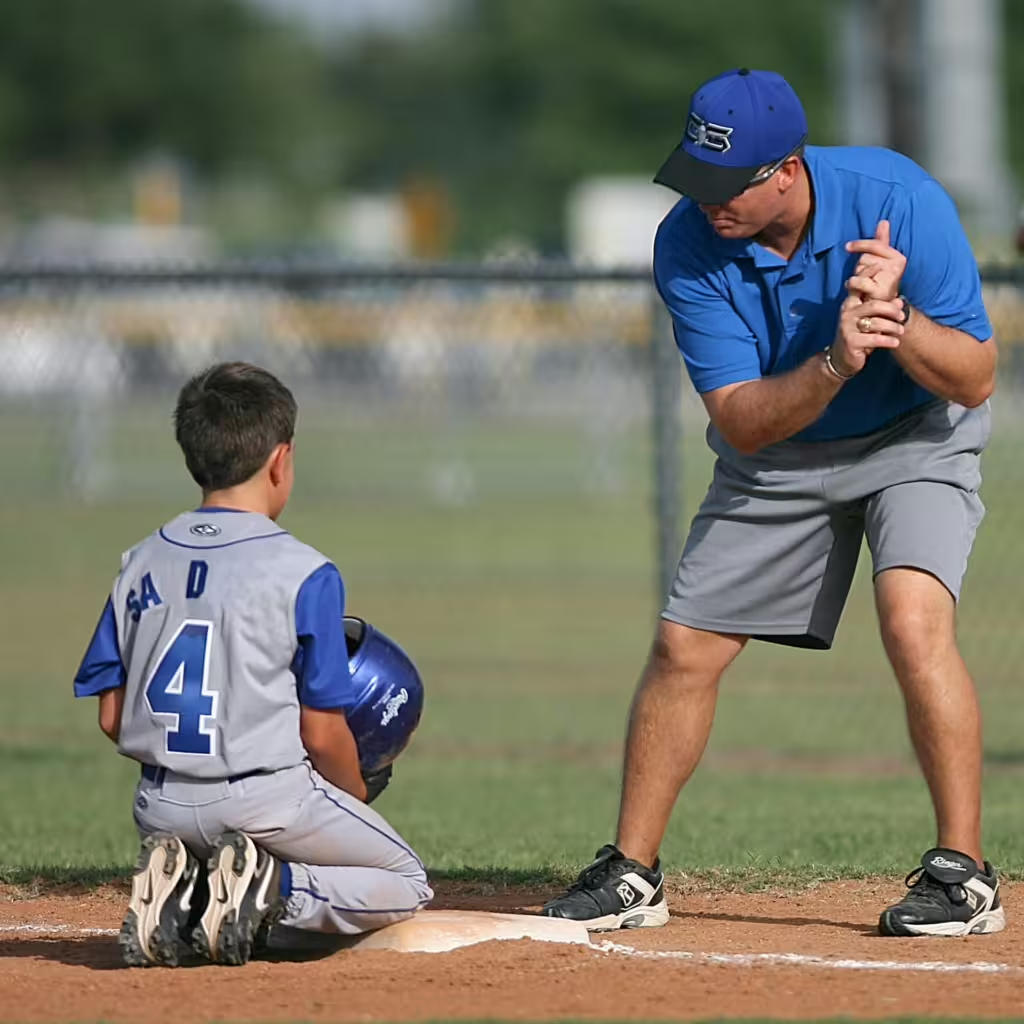
Basic Skills to Practice:
Catching
It’s always best to start with the basics. Have your child practice catching by tossing the ball lightly to them. At first, parents should encourage their kids to use two hands to catch, this will help with control at the start. For younger kids, try using a soft, rubber ball; it’s safer and less intimidating.
Throwing
Show your child how to hold the baseball, and practice throwing short distances either to you or at a chosen target. The focus of this exercise should be on using proper form, that is to say, using their whole body, not just their arm. In this way, the child will more easily develop accuracy and power.
Hitting
Set up a tee for your child and encourage them to practice their swing. Stand back though! From a distance, explain the importance of good posture and having their hands in the proper position on the bat.
Running the Bases
Baseball is all about speed, and relay races will help your child learn how to be swifter. Show them how to run the bases by setting up a few landmarks in a diamond shape in your yard or at a local park with an actual baseball diamond.
Keep it Fun and Keep it Grounded:
The key to keeping kids motivated is any sport is to make the learning process fun. Parents should endeavor to incorporate games or friendly competitions into their home practice sessions, and remember to always celebrate the small victories. At the same time, parents should be mindful about having realistic expectations for their child’s progress. We all want our kids to succeed, but the beginning stages of any sport are about learning the ropes. No baseball novice is going to be perfect from the start, so don’t expect them to be. More importantly, keep an eye on their own expectations and help them realize that even Babe Ruth had to start at the beginning.
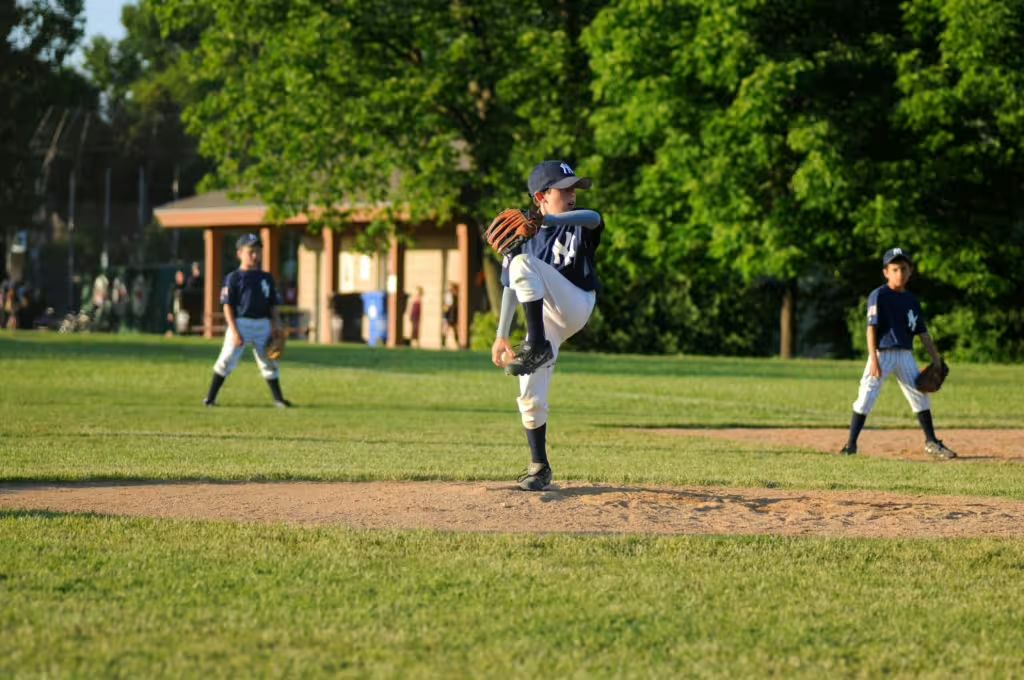
Cultured Athlete Says…
As you can see, preparing your child for their first baseball season can be quite fun, as long as parents remember that the simplest ways are often best. Sure, the gear and the league are important concerns, but the sport itself, the experience is what has to be fun. Parents should be supportive and realistic about their child’s burgeoning baseball career, which should prove to be more educational than enlightening in most cases. Be patient, when done right and at the correct pace, a child’s time in youth baseball will offer them valuable life lessons that go beyond the game itself and could very well last their whole life long.
Discover more from CulturedAthlete
Subscribe to get the latest posts sent to your email.

